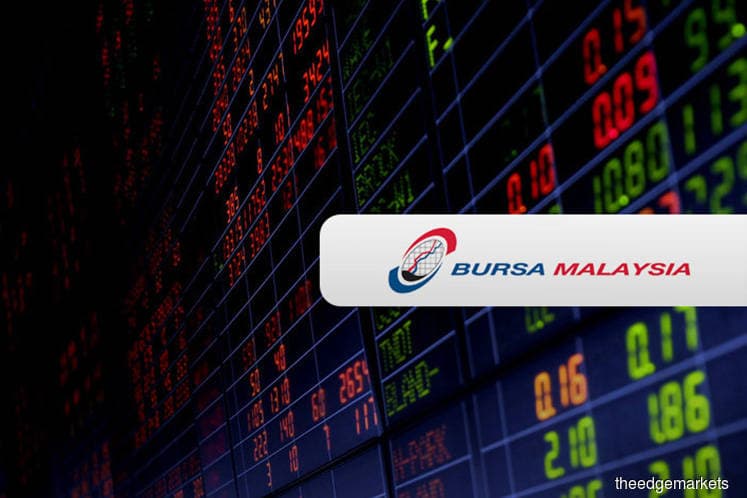
KUALA LUMPUR (Oct 2): Kenanga Investment Bank Research sees mild upside for the FBM KLCI from the current level, with a year-end target of 1,642 points, underpinned by corporate earnings recovery.
As at the noon market close today, the benchmark KLCI shed 9.4 points or 0.59% to 1,580.04 points.
In a strategy note today, the research house said it expected sequential earnings recovery in the second half of 2019 (2H19), albeit mildly, which should serve to lift the KLCI in a seasonally strong quarter.
"We expect 2H19 to be better than the first half of 2019 (1H19) with a sequential earnings growth of 5%, driven by, among others, higher crude palm oil (CPO) price of RM2,100 versus RM1,950 achieved in 1H and higher sequential earnings at some of the larger banks," it added.
Overall, the research house has adjusted its earnings growth forecasts to 3.1% for FY19 and 6.5% for FY20, from a negative growth of 2.6% and a positive growth of 4.6% previously.
"Our earnings expectations are slightly below consensus' 2019 and 2020 estimates by 1.2% each… Given that our earnings expectations are just moderately below that of consensus, we do not expect the adverse market impact if earnings track our expectations in the next 3Q reporting season in November," it added.
The research house said the earnings growth for next year would mainly be on the back of modest commodity price recovery, a pick-up in loan demand post-net interest margin (NIM) compression at the banks and potentially, a resolution on the US-China trade war.
"However, anxieties over earnings disappointments, the continuous reduction in Malaysia's weight in major global bond and equity indices and falling interest rates globally, will likely see defensive yield-seeking to be the dominant investment style in the near term," it added.
Apart from dividend yield thematic play, the research house sees a pick-up in construction activities after mega project suspensions since 2H18, as it projected the government will increase total expenditure by more than 6% to RM292.8 billion in 2020, from RM275.8 billion in 2019.
Three projects that are being closely watched for revival next year are the high-speed rail link between Kuala Lumpur and Singapore, Mass Rapid Transit Rapid line three (MRT 3) while further progress is expected on the Penang Transport Masterplan.
"Development allocations to future infrastructure projects such as the MRT3 and Penang Transport Master Plan will likely be considered, in our view, under the 12th Malaysia Plan for which the term starts in 2021," it added.
It said the construction sector being a major employer in the country contributes a high multiplier impact on the economy.
On the rate cut front, the research house sees Bank Negara Malaysia leaning towards a rate cut in November given the risk of prolonged commodity price weakness and trade tensions.
While this will likely lead to another quarter of net income margin contraction for the banks, the research house said the impact is mitigated by potential gains from treasury holdings and stable credit quality in a low rate environment.
For the ringgit currency movement, the research house is projecting the ringgit to end 2019 close to RM4.20 against the greenback, and average 4.15 for 2020, an improvement from current levels but still weak nonetheless.
The beneficiaries of the weak ringgit are the rubber gloves and technology sectors — two sectors that the research house has Overweight recommendations on.
It added that the weak ringgit is also expected to boost the tourism industry and encourage more domestic tourism as locals will likely be deterred by more expensive holidays abroad.